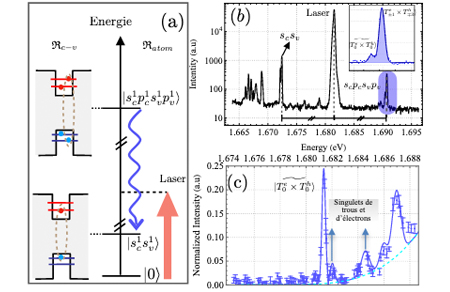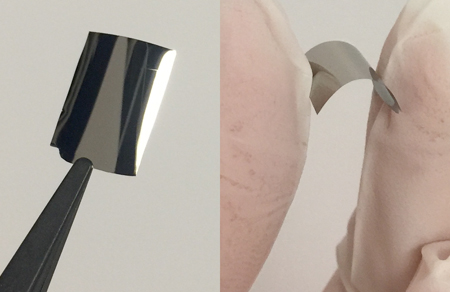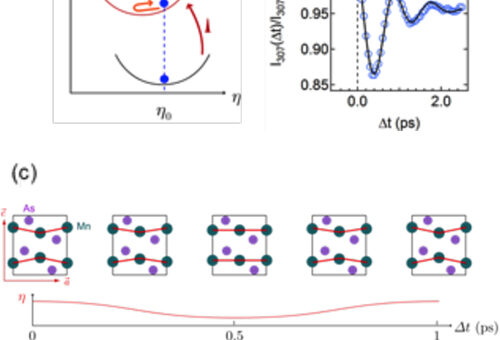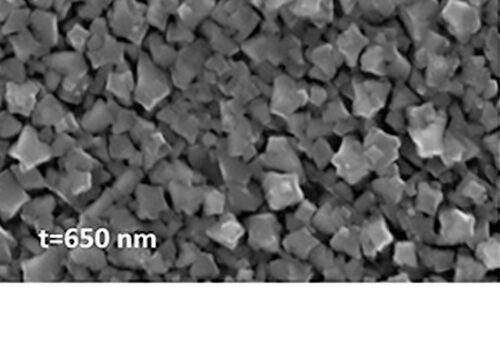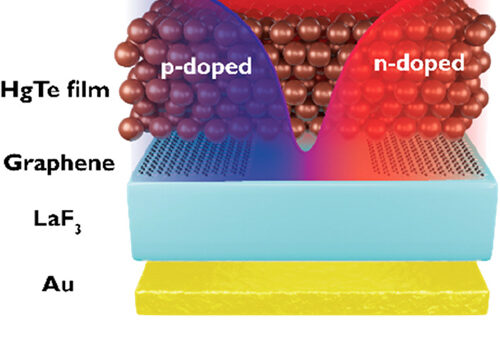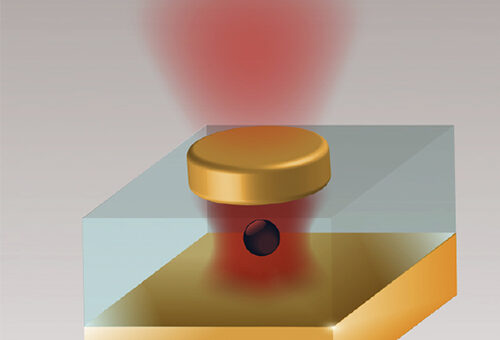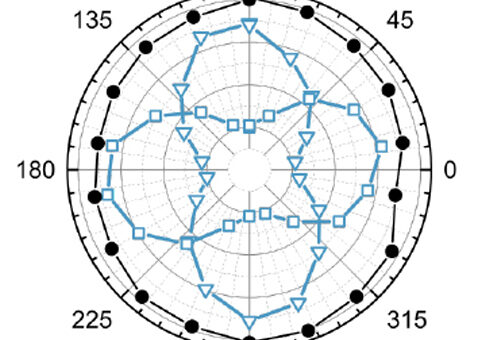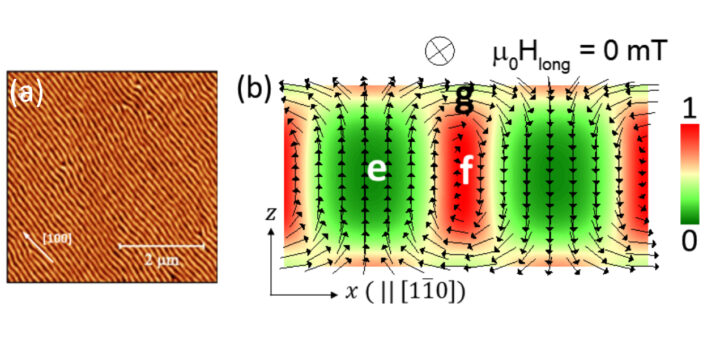Category: Transversal Topics
The on-demand generation of entangled photons is an essential achievement leading to important applications for quantum technologies. In semiconductor quantum dots (QDs), the radiative biexciton-exciton cascade is successfully employed. Resonant two-photon excitation (TPE), coherently...
In the last couple of decades, Magnetocaloric (MC) materials studieshave undergone major advancements paving the way to novel energy conversion applications. Among them, a rather new field of research is represented by the possibility...
MnAs is a semi-metal that has attracted considerable interest since its discovery in the early 1900s. Current research on MnAs is motivated by its applications in spintronic devices or as a magnetocaloric material. The...
The development of new materials systems exhibiting remarkable quantum properties at the nanometric scale – nanoparticles, ultrathin films – is a major objective for the creation of new devices for such quantum technologies as...
Thanks to large progresses relative to their synthesis, nanocrystal now appaer as possible alternative to epitaxially grown semiconductors. However the doping of such nanoparticle remains chalenging and thus method to tune their carrier density...
Many quantum information protocols rely on photons manipulation. Besides, quantum technologies require device miniaturization. Therefore, it is crucial to develop light nanosources which can be included within a quantum circuit. The Nanostructures and Optics...
Among the II-VI semiconductor heterostructures at the heart of optoelectronic and spintronic applications, one finds the colloidal core-crown nanoplatelets whose thickness is controlled at the level of the atomic monolayer. Synthesized for the first...
n a ferromagnetic material, an excitation can produce a precessional movement of magnetic moments at frequencies in the range of 1 GHz or higher. This excitation can be triggered by light (Brillouin scattering), microwaves...


